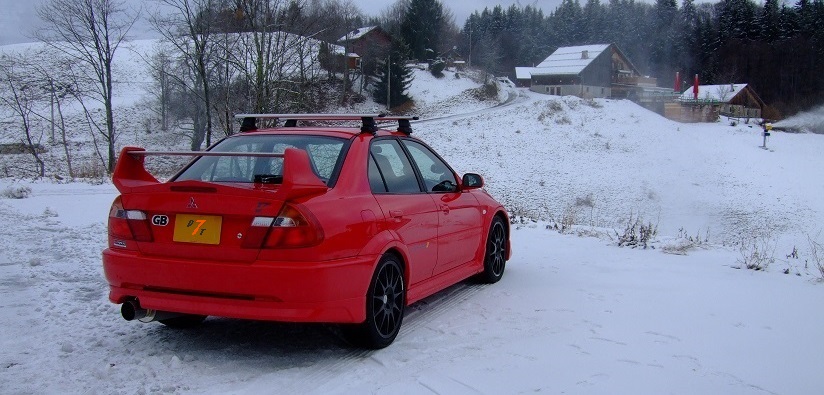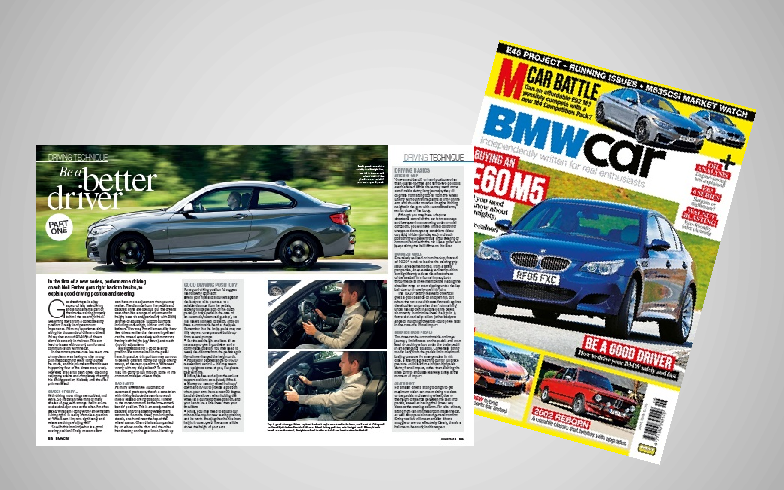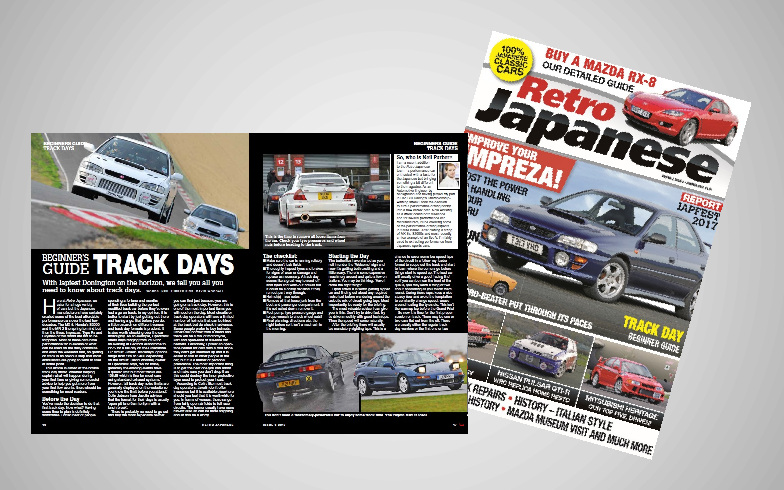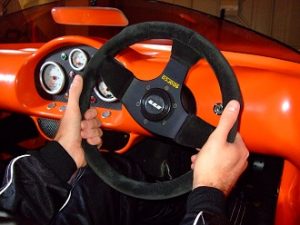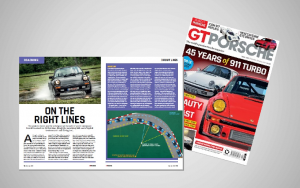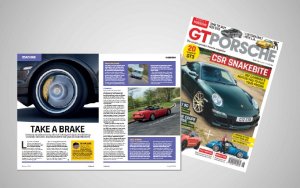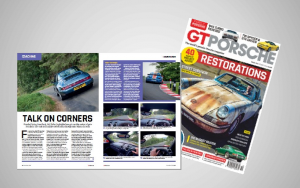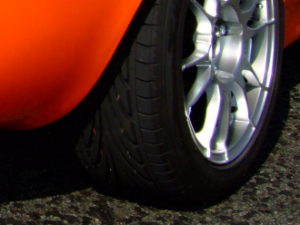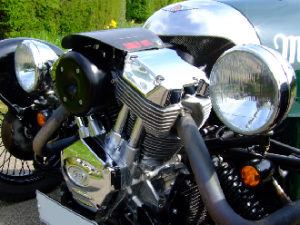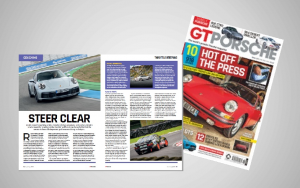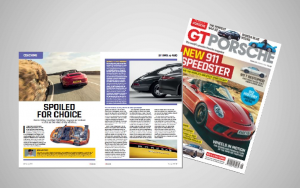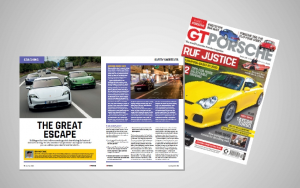The cold weather has finally arrived!
A few choice items may be useful: warm clothing; a shovel; snow chains/socks etc. More importantly, it’s time to properly consider the conditions and perhaps revisit the way you drive. In just two cold days I have already seen several people in the ditch. Frankly, this is ridiculous as all the signs are there. Reading this in a warm, relaxed atmosphere, the following will sound very obvious but the majority of drivers don’t actually think about these things when they are in a rush to get to work. It seems common sense is often left at home!
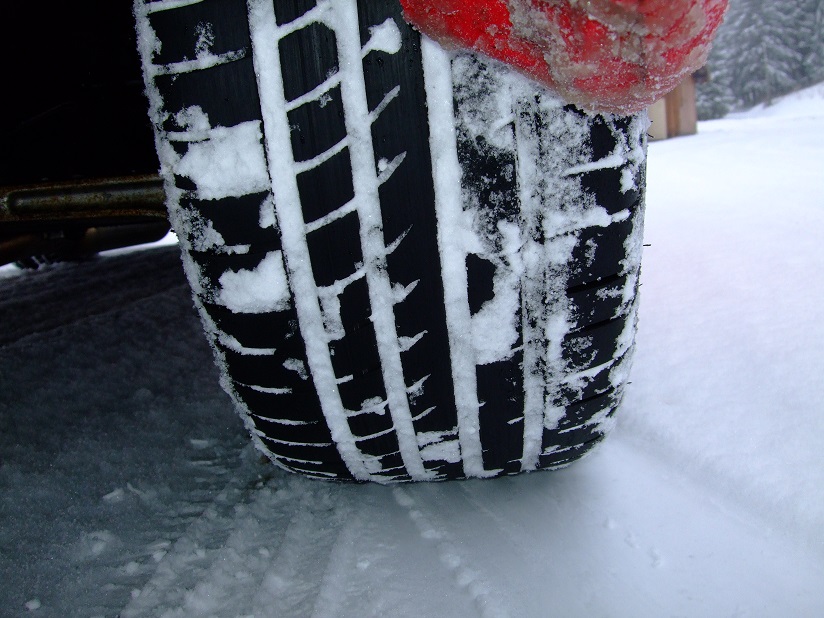
If it’s cold when leaving the house, there is a good chance the road surface temperatures will be sub-optimal – the performance of summer tyres is heavily degraded below 7°C. Winter tyres are not just for snow driving and will provide significantly more grip at the lower temperatures, particularly in the wet. Continuously considering the road surface and ensuring you always have grip in reserve is exceptionally important. In damp conditions, the tread depth is crucial so it is sensible to replace heavily worn tyres even if they technically ‘have another thousand miles in them’. Shelling out a month or two earlier may make all the difference!
Normally, my number one priority is space. Here, it comes second to ensuring there is plenty of grip in reserve. Otherwise, even with no other cars around, that ditch may become closer than you’d hoped. A multi-car collision is, by definition, a lack of space between vehicles. Significant space to the car in front will enable you to spend less time focusing on the brake lights in front and look much further up the road ahead. Ask yourself: Why would the cars in front need to brake? If the car in front stopped dead from a head-on collision, would I be able to easily stop before hitting it without being hit from behind? If not, what can I proactively and smoothly do about it? Rushed decisions and erratic driving may lead to skidding and a collision. Especially when the road is cold and slippery.
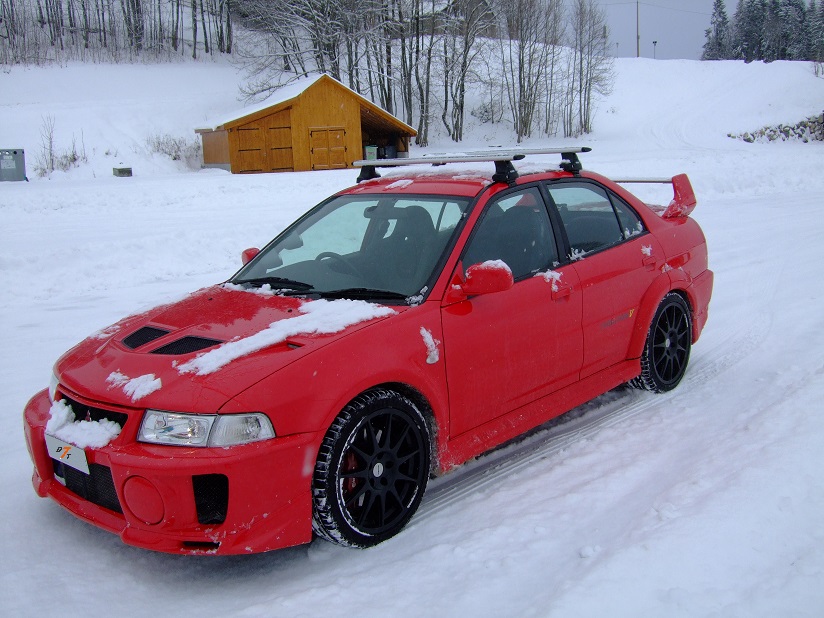
Vehicle stability systems can be excellent but rely on grip to function effectively. Contrary to popular belief, these systems are not an infallable safety net! It is better to consider them like a crutch. On warm, dry tarmac I’m sure that you would happily lean on a crutch with all your weight. On an icy hill you’d be a little more tentative. The same applies here, so I’ll advise that you drive in a manner that completely removes the need for the stability control system. This way it may provide a useful top-up should you misjudge things.
As the level of grip is reduced, your cornering technique becomes ever more important. If you don’t currently have a system of cornering that you work to, you may find the DRIVE 7TENTHS driving tutorials of interest. In fact, good technique in icy conditions can provide better control than poor technique in wet conditions.
Although often overlooked, dipped beam headlights are as much to be seen as to see. Use them in dull conditions and especially with the low sunlight during winter months. One car with no lights in a line of cars using dipped beam headlights is as good as invisible and an accident waiting to happen. Sidelights or daytime-use of the auto setting are inferior and actively switching to dipped beam headlights will give you full control of your visibility. Personally, I use dipped beam headlights at all times, day or night.
This is only a short introduction. For more information and to learn significantly more about winter driving, including how to maximise vehicle grip, you may wish to get in touch.
NFGet in touch
If you’d like to improve your driving and learn to get more from your car, why not get in touch?


